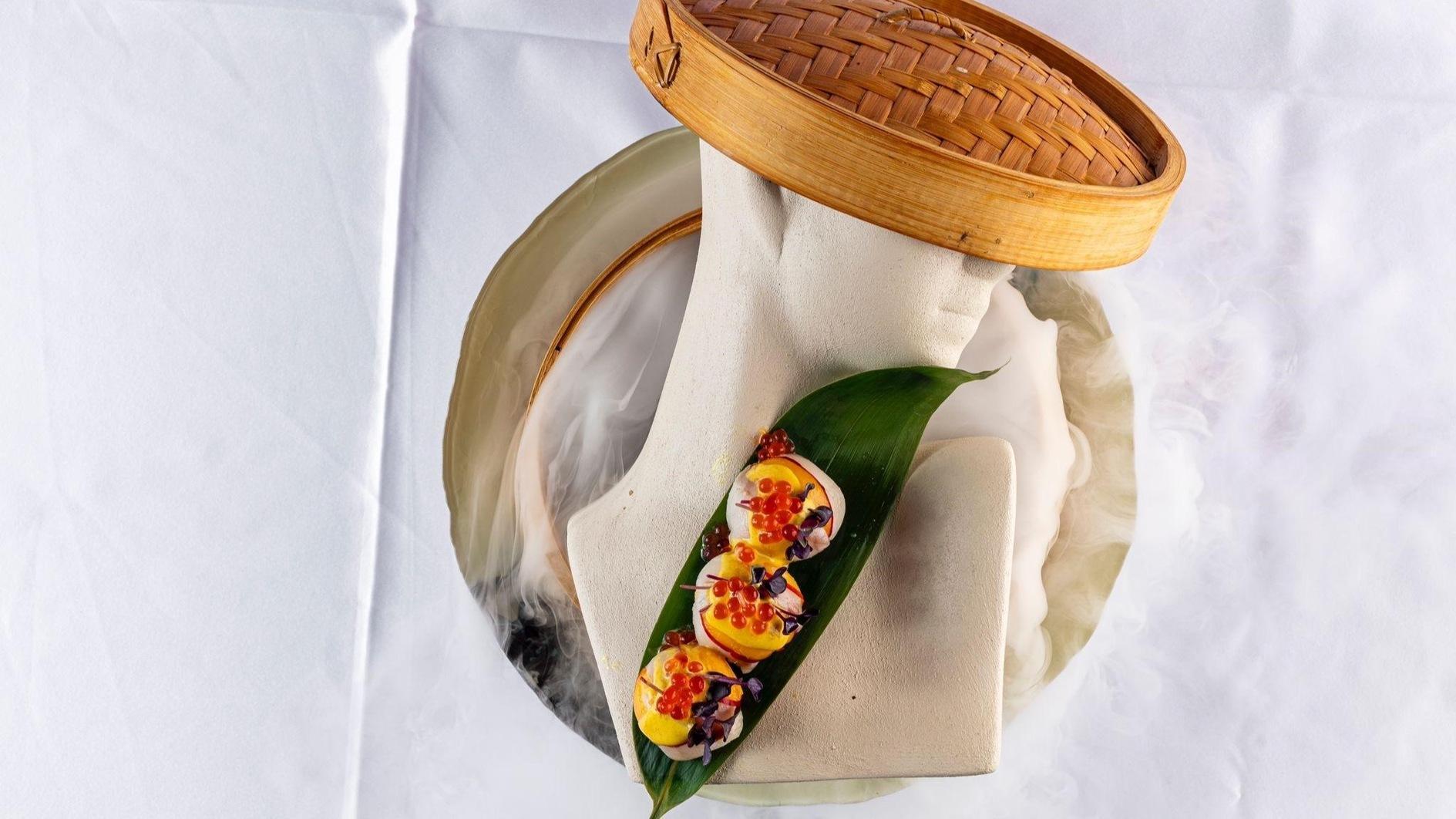Alla franca versus alla turca

Imagine a feast featuring a myriad of dishes bearing names such as potage crème royale, burek, paupiette à la reine, croustade de foie gras à la Lucullus, kebab du Savoy, Ali Pasha pilaf. A chef’s confusion at its finest? Maybe not, but such a feast surely gives clues about the mode of an era. These were some of the dishes that were served at banquets in the last era of the Ottoman Palace.
French versus Turkish; that was the gastronomic challenge of the late 19th century in the kitchens of the Ottoman court. Alla franca (alafranga) and alla turca (à la Turk or alaturka) are cultural concepts specific to Ottoman territory.
The Western lifestyle, chic, new and modern was alafranga. On the contrary, anything oriental, old-fashioned and traditional was alaturka, often in a derogatory way. Eventually the term alaturka became synonymous with backward-looking traditionalism. In a way, the two terms used to define the clash of civilizations between Western and Eastern cultures, and they are very instrumental in understanding the Westernization waves of the last epoch of the Ottoman Empire and the early Republic period.
Today, the terms are a bit outdated, but alaturka is still used in certain cases, mostly for squat toilets in the old traditional way and Turkish classical music.
The French influence in the late 19th century in world cuisines has greatly defined global gastronomy today. Even the Ottoman Palace kitchen was no exemption. Official banquets for foreign guests especially included French or French inspired dishes, often served as a gesture to the guests. At a recent gastronomy event at the French Consulate in Istanbul, there was an enlightening talk titled “From Paris to Istanbul” given by Dr. Özge Samancı, head of the Gastronomy and Culinary Arts Department at Özyeğin University. Dr. Samancı has devoted her career to Ottoman cuisine, in particular to the 19th century period of Westernization, with her doctoral research titled “La Cuisine d’Istanbul au 19e siècle” being the first ever study to tackle the topic.
According to Dr. Samancı, though the French influence was obvious, there had also been an “alaturka” influence on French cuisine. Some items like börek and pilav were two concepts that were borrowed by the West. Particularly in her piece titled “Pilaf and bouchées: The modernization of official banquets at the Ottoman Palace in the nineteenth century,” she scrutinizes the menus of the Ottoman court that often display a strong French influence featuring a crisscross choice of dishes from both Western and Eastern worlds, sometimes resulting in hybrid creations.
One particular dish that amuses me most is the kebab du Savoy. This might be because the first chef of the legendary Savoy Hotel was Auguste Escoffier, the father of fine French cuisine, who has been an inspiration to all chefs worldwide.
In Turkish cuisine, kebab du Savoy was not the only kebab with a French title. Sometimes, regional kebabs bore an odd French attribute. The ubiquitous frenk kebabı of Urfa and Gaziantep has a different story worth exploring. The first time I encountered the kebab in Urfa, I expected a layer of melted cheese on top or a béchamel sauce based aubergine purée accompanying the kebab. After all, the French were here when the Ottoman Empire was crumbling into pieces, they must have left their culinary marks. There must have been a French touch hidden somewhere for the kebab to bear the title “frenk” aka French.
On the contrary, the dish looked very local with lots of tomatoes and no one seemed to be aware of this peculiar attribution’s origins. When I spoke with the elderly asking what “frenk” meant to them, the reason for the French connection was revealed: Frenk meant tomatoes!
Interestingly, tomatoes were also called frenki in Bulgaria and “frenk” or “frenkes” by Sephardic Jews in Thrace. Actually, in Ottoman times, any novel ingredient foreign and not native to the land was nicknamed “frenk,” such as ciboulette (frenk soğanı - French onion), lime (frenk limonu - French lemon) and red currants (frenk üzümü - French grape), though they were not coming from France. Naturally, the tomato was a novelty in the 19th century and could just not avoid the tag.
From the Escoffier inspired Savoy kebab of Ottoman court to the pilaf à la Turque, a recipe given in Escoffier’s Le Guide Culinaire, food is a ground for interaction and communication. As Bertrand Buchwalter, Consul Général de France in Istanbul states, “There is no diplomacy without gastronomy!”
Let’s eat French this week and discover the possible new French influences at the Istanbul culinary scene.
Fork of the Week: This week is a celebration of French cuisine all over the world. “Goût France/Taste France” is a celebration of French cuisine, now in its fourth year, celebrated in five continents, with 2,000 chefs and 3,000 menus, all on the same day, all over the world. Mark the date March 21st and try to find a restaurant close to you that’s joining the occasion. Check out
Cork of the Week: A sublime bubbly is the right time to celebrate French gastronomy. The only “Méthode Champenoise” sparkly produced in Turkey is Vinkara Yaşasın. It is especially worth trying the rosé, or go for the good old Altın Köpük of Kavaklıdere, Turkey’s first ever natural sparkling wine made with the “Méthode Charmat (méthode de fermentation en cuve close).












